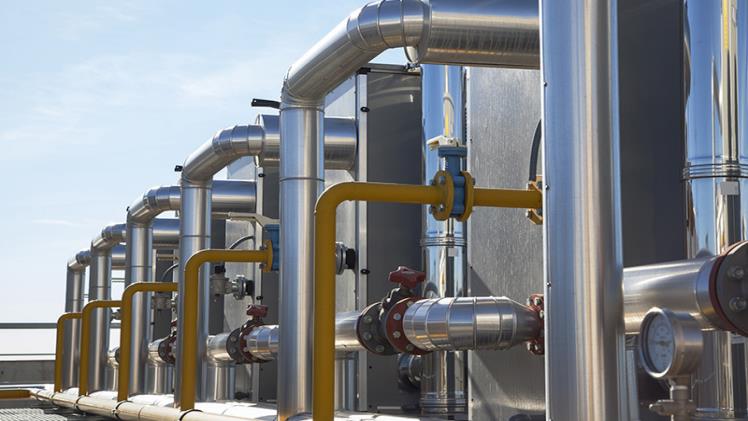The job of a heating and air conditioning company or contractor is not only to install, repair, and maintain the heating or air conditioning units for their clients. If you’re looking to build stronger customer relationships and grow and consolidate your client base, you need to be ready to answer the questions your new and existing clients have for you. This is the only way to carry out your advisory functions, as well as the contracting one.
The best starting point for your preparation is to explore ways of explaining the most common questions your customers might have, and one of the most frequent ones is assistance with choosing their air conditioning units. Clients want modern devices that will fit their specific requirements and provide the necessary levels of comfort and convenience. It’s your job to learn how to help them choose the best possible system for their needs and within their budgets.
What Are The Common Types Of Air Conditioning Systems?
There are several different options of air conditioning units that all serve the same purpose of providing fresh, cool air for your clients during the hot summer months. After all, a cold lemonade can only get them so far. Although different ACs who use varied principles of operations have the same effect, the way they do it is also important.
That’s why the first point should always be to explain the differences between various air conditioning units and which one would be best for the essential requirements of your clients. While we’ve mentioned that there are several types of cooling systems, there are two that are generally most widespread and best suited for different household environments:
Central
Central air conditioning system utilizes a system of ducts throughout your clients’ homes to evenly distribute cool air. The split systems are the most common variant of centralized AC and they feature a refrigerant that moves between an exterior condenser coil and an interior coil. In the process, a central system provides both dehumidification, as well as cooling.
Ductless Split
On the other hand there are split ductless air conditioners that consist of an exterior condenser unit and an outside compressor matched with one or several interior distribution units, or air handles. Air handlers are typically located on the high portions of interior walls and have a conduit pipe that connects them with exterior components. Individual handlers provide cooling for the rooms they’re in, with the exterior unit supplying cool air to all handlers.
How Do I Help My Clients Choose An Ac Unit?
Once you’ve explained what the two most common types of AC systems are, it’s time to delve deeper into how your clients should approach the process of choosing the exact unit they’re going to install. The four most important aspects of deciding which air conditioner to purchase are size, energy efficiency, maintenance requirements, and the type of thermostat:
Size
The first consideration you should explain to your clients is that they have to properly size their air conditioner. Choosing an AC unit that’s too large will contribute to its frequent turning on and off, significantly lowering its lifespan. On the other hand, a too-small unit will provide insufficient cooling while overly straining the system, also leading to premature issues and failures.
Efficiency
The efficiency of an AC system refers to the amount of cooling a unit can provide for each watt of electrical energy it consumes. This SEER, or Seasonal Energy Efficiency Ratio describes how efficient an air conditioner is. Your customers should look for units with SEER ratings higher than 15 to ensure optimal performance at maximum efficiency.
Thermostat
Finally, advise your customers to go for a programmable thermostat. They can use it to set cooling cycles depending on their own preferences, saving energy in the process.

